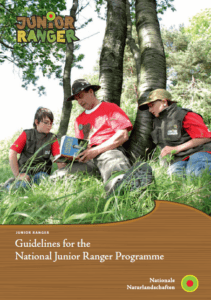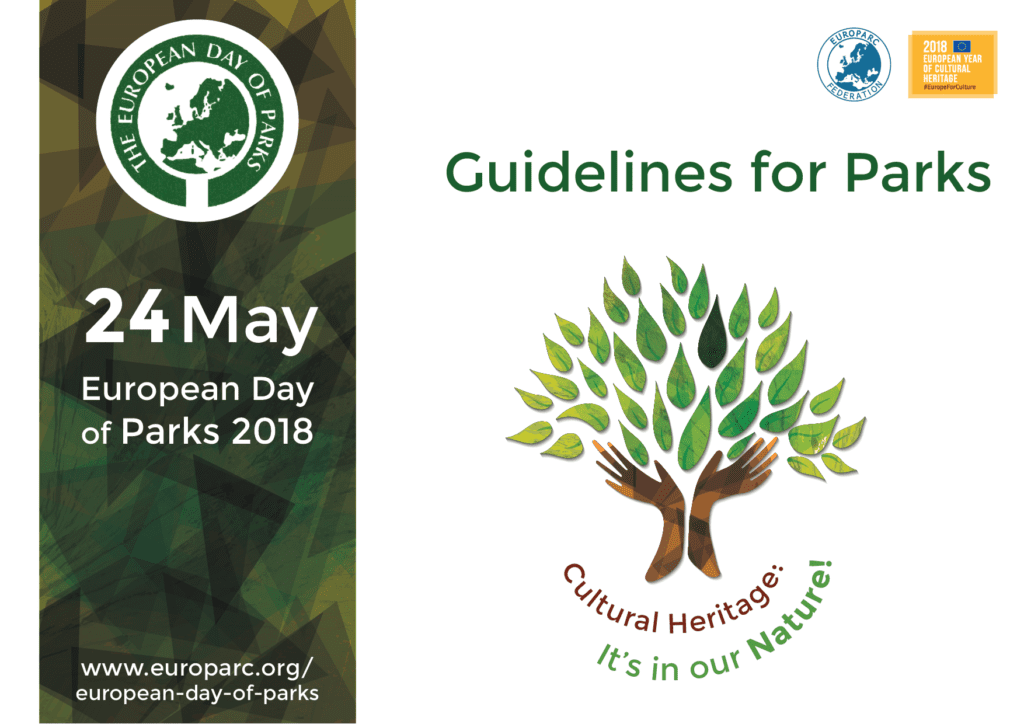Junior Ranger Programme: Guidelines by EUROPARC Germany
- “Junior Ranger Region” for children who live within the National Natural Landscape
- “Junior Ranger Explorers” – for tourism and leisure activities
- “Junior Ranger Web” for all users of new media
- “Junior Ranger School” for use in schools
A brand new set of Guidelines at national level has been launched by EUROPARC Germany and is available in English – an insight into the programme that will give you inspiration for your Junior Ranger activities.
Feedback needed
“Old-growth forests: characteristics and conservation value” by EUROPARC Spain
“Primeval forests”, that is to say, those that have evolved throughout their entire history without human intervention, are now extremely scarce. Old-growth forests with a certain degree of maturity and a low human impact can still be found locally – however, in the Mediterranean basin, is it estimated to represent only 2% of the original forests.
Due to their extreme scarcity, their complexity and the biodiversity they host, old-growth forests are a key issue in conservation policies. The EU is currently moving towards a common strategy for mature forests, and progress is being made in several countries concerning its identification and protection.
Old-growth forests manual: characteristics and conservation value
In Spain, old-growth forests are one of the central focus of RedBosques, a 3 year Life project, coordinated by EUROPARC Spain, under which a new manual has just been produced. The “Old-growth forests: characteristics and conservation value” manual – also available in English – provides an exhaustive review of the scientific state of the art on forest maturity and its different meanings, and synthesizes the most significant and observable characteristics of old-growth stands. Finally, it describes biodiversity levels within old-growth forests and identifies species that are indicators of forest maturity.
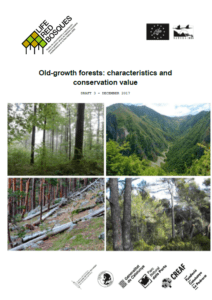
Get some background on the RedBosques project beginnings in our article here. Follow how RedBosques project approaches its challenging objectives via EUROPARC Spain’s Twitter, Facebook and the LIFE project website – and make sure you don’t forget to share their outputs!
The project is coordinated by EUROPARC Spain (José Antonio Atauri) and Fundación Fernando González Bernáldez.
EUROPARC Spain among the finalists of the Natura 2000 Awards
EUROPARC Spain is among the finalists of the Natura 2000 Awards, an award of the European Commission that recognizes the time, dedication and efforts Europeans invested in nature protection within the Natura 2000 network of protected areas. On May 17th, the European Commission will award 5 initiatives in a ceremony that will take place in Brussels – but you have also the chance to vote for your preferred project!
A commitment to make sports activities in the Natura 2000 Network compatible with the preservation of biodiversity values
The Government of the Balearic Islands and EUROPARC Spain are finalists in the category “conciliation of interests” with the joint application “Sports activities in the Natura 2000 Network: reconciling interests in Menorca“.
After the publication of the “Guide to good practices for holding mountain races in protected natural areas“ (also available in English), the Government of the Balearic Islands adopted a legal Circular requiring all sports activities in Natura 2000 to be evaluated using the handbook. The circular was then applied to the 12ª Mountain Bike Tour in Menorca (August 2017) – a major cycling competition that attracts over 500 participants but as it follows a pre-existing coastal path, it also crosses no less than 9 Natura 2000 sites on the island, and so runs a considerable risk of causing species disturbance and habitat damage within the sites.
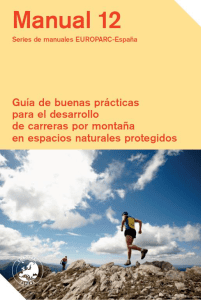
However, thanks to the handbook, solutions were found to minimize any conflicts with Natura 2000 whilst maintaining the enjoyment of the circuit.
The growth of sports events in Natura 2000 sites, has generated a new scenario of pressures and impacts on especially sensitive and fragile natural spaces. Making environmental and social sustainability compatible with sports events is a great challenge for the Ministry of Environment, Agriculture, and Fisheries of the Balearic Islands.
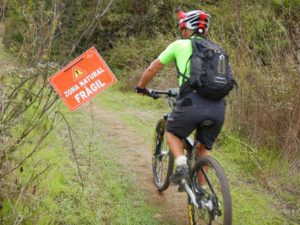
Mountain biker in the Menorca Race
The collaboration with the Ministry of Culture and Sports has resulted in clear technical criteria for the organization of mountain races, that facilitated the work of the event organizers, whilst ensuring the conservation of itineraries, habitats and species of community interest. The criteria have been agreed with the sports federations of the Balearic Islands involved in mountain races and with the promoters and clubs involved.
European Citizen’s Award: you can choose the winner!
The finalists in five categories – Conservation, Socio-Economic Benefits, Communication, Reconciling Interests/Perceptions, and Cross-Border Cooperation and Networking – will now be assessed by an independent jury. Meanwhile, everyone is invited to vote for his or her favourite finalist to win the European Citizens’ Award.
Online voting closes on 22 April 2018. The winners will be announced in a ceremony hosted by Commissioner Vella in Brussels on Thursday 17 May 2018. The event is open to the press and the public. Please register online if you wish to attend.
Background of the European Natura 2000 Awards
Natura 2000 is the centrepiece of the EU’s nature and biodiversity policy. Established under the EU’s Birds Directive and Habitats Directive, it is an EU-wide network of over 27 000 terrestrial and marine sites, covering more than 18 % of land area and 7% of the surrounding seas.
European Day of Parks 2018: Cultural Heritage-It’s in Our Nature!
The European Day of Parks is a commemorative day for Protected Areas across Europe that was launched in 1999 by the EUROPARC Federation to celebrate Protected Areas throughout Europe. It celebrates the creation of the 1st National Parks in Europe – a set of nine parks created in Sweden in 1909.
2018: Call for a joint celebration with the European Year of Cultural Heritage
Cultural Identity is rooted in the connection to the land. Look at your local traditions, at the stories your landscape tells, at the crafts, literature , and art, at the architectonic styles, or even at the food you eat… Cultural Heritage is, indeed, in our Nature!
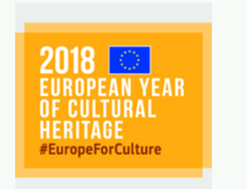
Our Heritage: where the
past meets the future
is the key message of the 2018
European Year of Cultural Heritage
May this European Day of Parks in the European Year of Cultural Heritage be an opportunity for our Protected Areas to:
- connect people to their land, bridging natural heritage with their cultural identity;
- understand the past history of our land, and build a future that respects our heritage in all its diversity
We’ve created a short manual to help you developing your activities and events!
Download the Guidelines for Parks
Promotion Tools in your language!
Download the official poster and web banners to promote your event. This year, it’s also available a poster to personalize with your activities and a colouring version. All in your language!
An automatic download will start when you click over your language. NOTE: All images are in .png format, so you can easily edit them in paint or word. If you need the editable file (.ai or .eps) or a higher resolution please contact us to edop @ europarc.org.
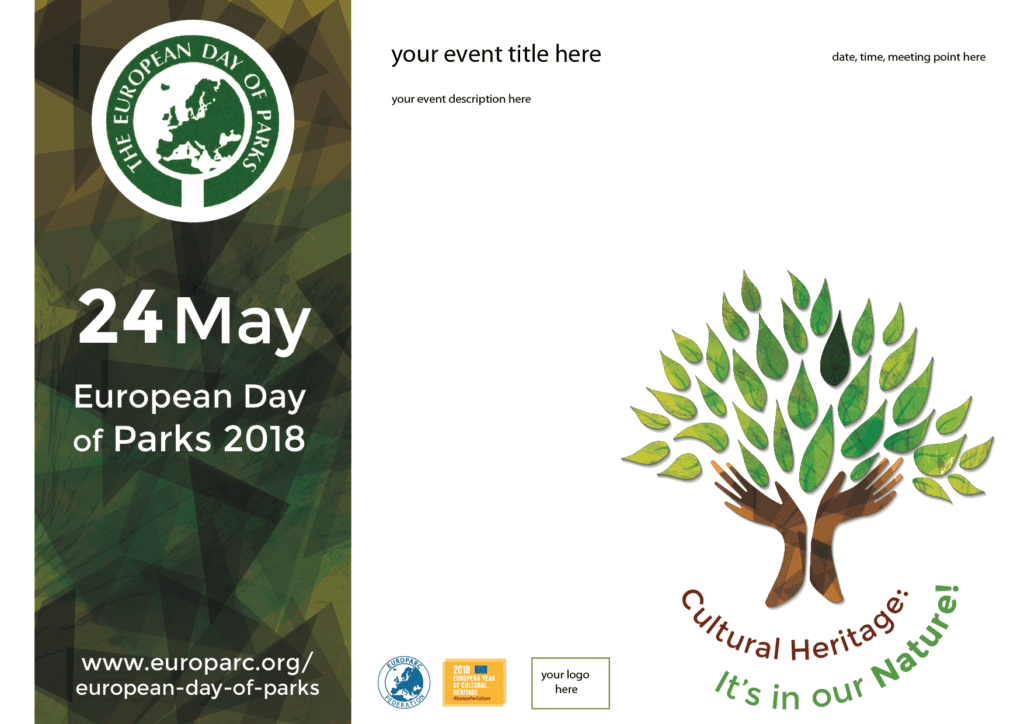
There are 2 official posters of the European Day of Parks. in this version, you can also add in the details of your events.
Albanian | Bosnian | Bulgarian | Catalan | Croatian | Czech | Dutch | English | Estonian | French | German | Greek | Hungarian | Italian | Latvian | Lithuanian | Polish | Portuguese | Romanian | Serbian | Slovenian | Spanish
If you are not interested in using the official posters, you can also download the logo and use it in your activities.
Haven’t found tools in your language?
No problem! Just have to send us to edop @ europarc.org the translation of “European Day of Parks” and “Cultural Heritage: It’s in our Nature” and we will be delighted to produce tools in your language!
About the European Day of Parks
Imagine a day when all Parks and Protected Areas come together across Europe, celebrate their successes and declare the value and benefits of Europe’s Protected Areas to communities, decision-makers and the wider public. Well, it is EUROPARC’s European Day of Parks!
Every year European Day of Parks takes place on and around 24th of May. It aims to bring people closer to nature and raise public awareness on the importance of the natural beauty preserved in Protected Areas and the importance of conservation and sustainable management of those places.
Check here to see the previous editions.
